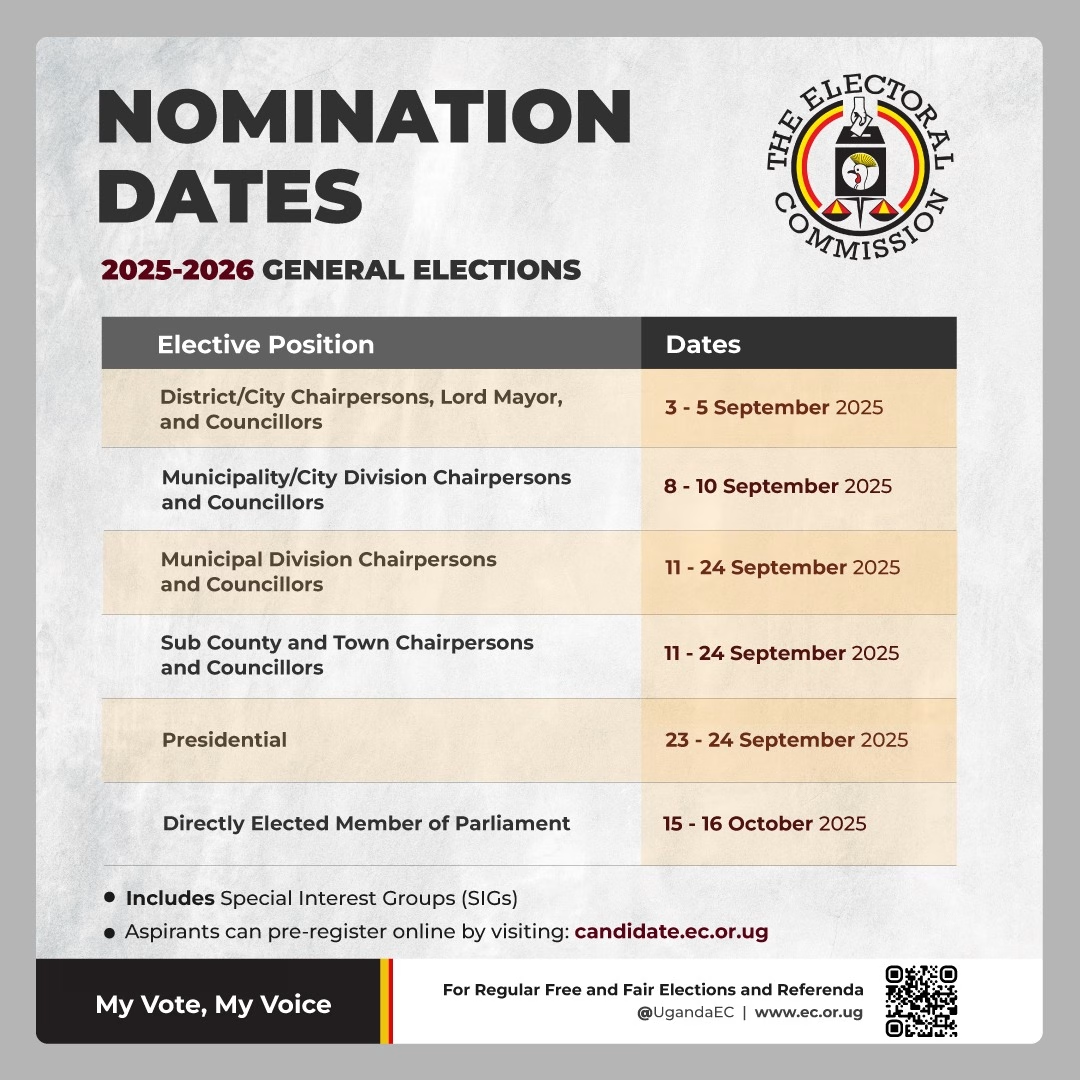BULGARIAN MILITARY
Thailand’s Air Force Chief, Air Marshal Phanphakdee Pattanakul, has recently advised Defense Minister Sutin Klungsang and Prime Minister Srettha Thavisin on acquiring Gripen E/F fighter jets from Sweden’s Saab.

During this session, Air Marshal Pattanakul provided Minister Sutin Klungsang with detailed comparisons between the Swedish Gripen and the American F-16 Block 70. As reported by the Bangkok Post, the Royal Thai Air Force [RTAF] has decided to opt for the Gripens over Lockheed Martin’s F-16s to replace a dozen of their aging F-16 models.

An anonymous source from the Air Force, cited by a Thai newspaper, indicated that the RTAF chief weighed the pros and cons of each model, emphasizing the kind of support expected from Saab and Lockheed Martin based on their final decision.
The minister plans to brief Prime Minister Sreeta Tavisin on Wednesday regarding the final decision. The RTAF has already incorporated the purchase of a dozen new combat aircraft into its white paper plans from early 2020. This acquisition is expected to unfold in two phases of six aircraft each, with the first phase projected between 2028 and 2031, and the second from 2030 to 2033.
The Thai Air Force is no stranger to operating advanced combat aircraft, maintaining fleets of both Lockheed Martin’s F-16 A/B and Saab’s Gripen JAS 39 C/D aircraft.

According to BulgarianMilitary.com, the RTAF aims to find a model fitting their operational needs and budget constraints, though technical issues could potentially complicate the decision.
The US is evidently keen on securing this order, with US Ambassador Robert F. Godek sending a letter to Prime Minister Srettha Thavisin. The letter advocates for the purchase of F-16 Block 70 aircraft, citing their alignment with the Royal Thai Air Force’s capabilities.
If the US F-16 is not chosen, it will have a significant impact on the geopolitical landscape in Southeast Asia, where the US and China are competing for influence. This competition will intensify once Thailand receives its first Chinese submarine. Although Defense Minister Sutin Klungsang has yet to submit the amendments to China’s submarine contract for cabinet approval, which includes engine modifications and time extensions, it is anticipated that the submarine will arrive in Thailand by 2027.

When it comes to air defense, the current fleet of F-16s is set to be retired by 2028. Should Thailand decide to purchase more Gripen fighters, adding to the dozen acquired a few years ago, the balance of military equipment in Thailand will shift away from the US. The current ratio of US to non-US equipment would move from 1:1 towards 2:1, eventually reaching 3:1 or even 4:1.
On the political front, the meetings between the US Ambassador and Sutin, along with a letter to Prime Minister Sreeta, clearly aim to sway the Royal Thai Air Force’s [RTAF] fighter selection towards US interests. However, from a legal standpoint, the RTAF retains the right to make decisions based on its operational needs and budget constraints.
The Royal Thai Air Force [RTAF] is focused on finding a fighter jet that strikes the right balance between quality and cost, given their limited budget. They aim to select a model that meets their needs without compromising on performance, even with financial constraints.

One key consideration in the budget planning for fiscal year 2025 is Link-16, a tactical data link system that integrates military hardware across various armed forces worldwide. Right now, the RTAF operates F-16s from different bases, but these jets lack the Link-16 system and associated technology transfers. Without support from the US for parts and maintenance, those F-16s can’t fulfill their mission requirements.
There’s a common saying that, even though the RTAF has F-16s, they don’t have true ownership because everything is under US control. Utilizing the Link system requires US authorization and passwords. However, according to Sutin, the US has made new proposals, including project-wide loans and technology transfers, to better support the RTAF’s needs.


